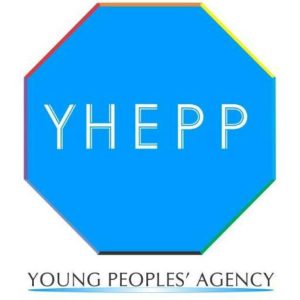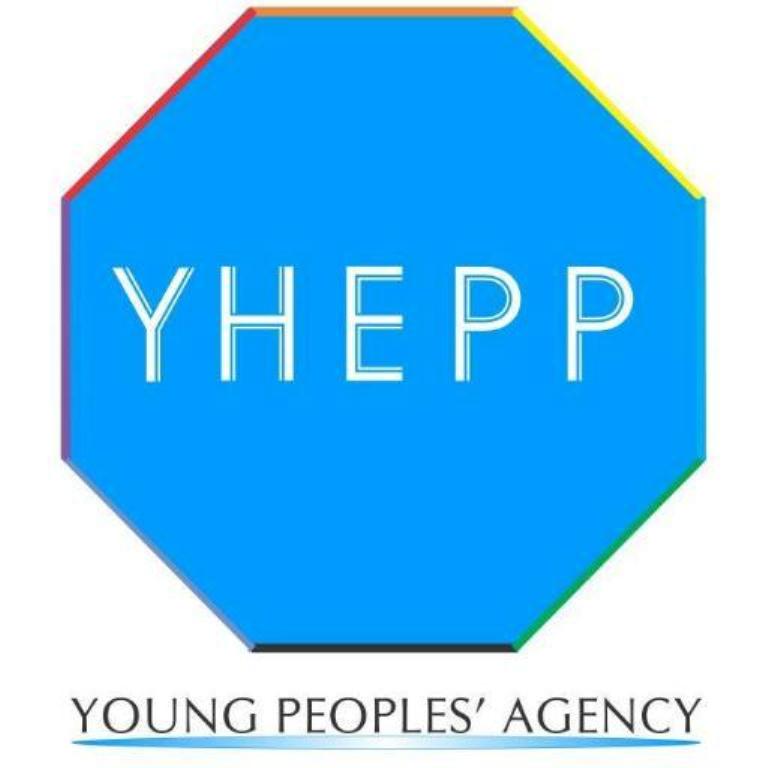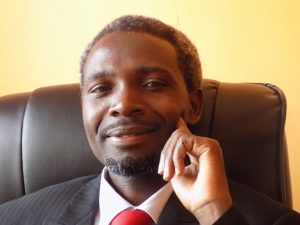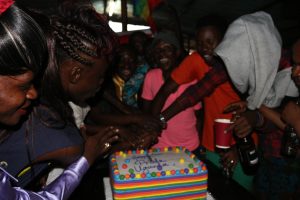 As the rest of the world celebrated this year’s IDAHOBIT, Kenyan based Youth Health and Psychosocial Program released a post traumatic stress disorder guide for LGBTI youth to commemorate the day. The seven page document authored by the YHEEP Youth Coordinator Emmanuel Odhiambo explores anxiety, depression, hyper arousal, trauma and all the other indicators of PTSD as well as how to avert this unfortunately common syndrome in LGBTI youth.
As the rest of the world celebrated this year’s IDAHOBIT, Kenyan based Youth Health and Psychosocial Program released a post traumatic stress disorder guide for LGBTI youth to commemorate the day. The seven page document authored by the YHEEP Youth Coordinator Emmanuel Odhiambo explores anxiety, depression, hyper arousal, trauma and all the other indicators of PTSD as well as how to avert this unfortunately common syndrome in LGBTI youth.
According to the guide, PTSD mostly affects children and young adults (who are largely youth). In the larger parts of the world (other than most parts of Africa) PTSD amongst youth is quickly recognized, responded to and, the capacities of families and other concerned groups are built to protect youth with PTSD and those at risk of PTSD.
This relative comparison may directly mean that there is a need to emphasize social wellness of youth at home and; expand sensitization and service delivery on issues relating to mental health. According to United Nations statistics on global youth population (2013), the youth comprise the largest of the world population. This in turn would mean that the youth are likely to be largest in most sectors. In Kenya for instance, youth are more than any other age group; in colleges and universities, new Police/Army recruits are largely youth and the unemployed Kenyans are mainly youth. Among these youth population in Kenya are youth who identify and belong to minority groups, particularly the sexual and gender minority group. As you will see in the following chapters, PTSD is mainly caused by fearful and threatening events. This is specifically true for LGBT youth in Nairobi who live against a largely homophobic and transphobic background. These irrational fears and hate may lead the haters to carry out random or organized attacks, kidnappings, threats to life, corrective rape among others.
The most vulnerable targets are usually the young and youthful LGBT people, who are already the most likely age group to have PTSD and suffer from the effects that of. Unfortunately, very few LGBT youth in Nairobi (and most likely Kenyawide) are aware of PTSD, or even the fact that they could be suffering from PTSD. This in turn mean that they are not likely to seek professional help because they may not know what is happening to them or, how to take care of themselves.
PTSD can only be diagnosed by a mental health expert and professional medic as identifying and assessing PTSD in some people can be a challenge, especially because some people do not want to talk about their experiences, or have forgotten details of what happened, and how it made them feel. Symptoms can develop immediately after the traumatic event although they may last a little longer in some people and up to about 30% of adults who experience a traumatic event are likely to develop PTSD. The figure is higher among young adults and children.
The guide indicates some of the major causes of PTSD as being sexual abuse, emotional abuse, rape, being held hostage, hijacking, kidnapping and being subjected to torture. It also lists some of the most common symptoms of the disorder as- flashbacks, bad dreams, frightening thoughts, feeling emotionally numb, having trouble recollecting memories, feeling of strong guilt or worry, being easily startled, difficulty sleeping, and anger outbursts among other.
Also included in this PTSD guide is where LGBTI youth Kenya can get help if faced with this disorder. Listed as centres for assistance are Karen Hospital, Center for Victims of Torture, Hebrew Immigrant Aid Society, Nairobi Women’s Gender Violence Recovery Center and Jinsiangu \long with their contacts and locations.




